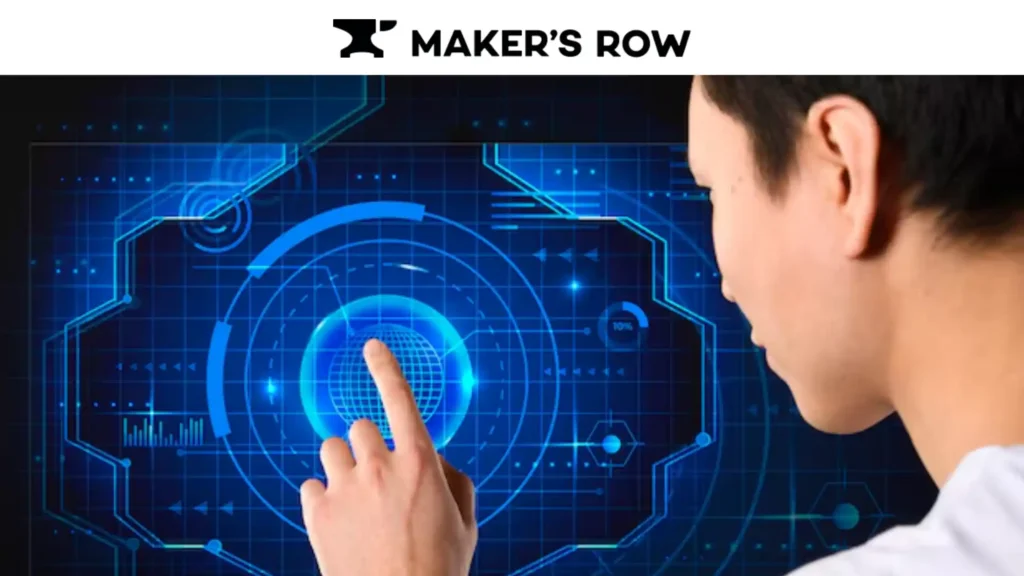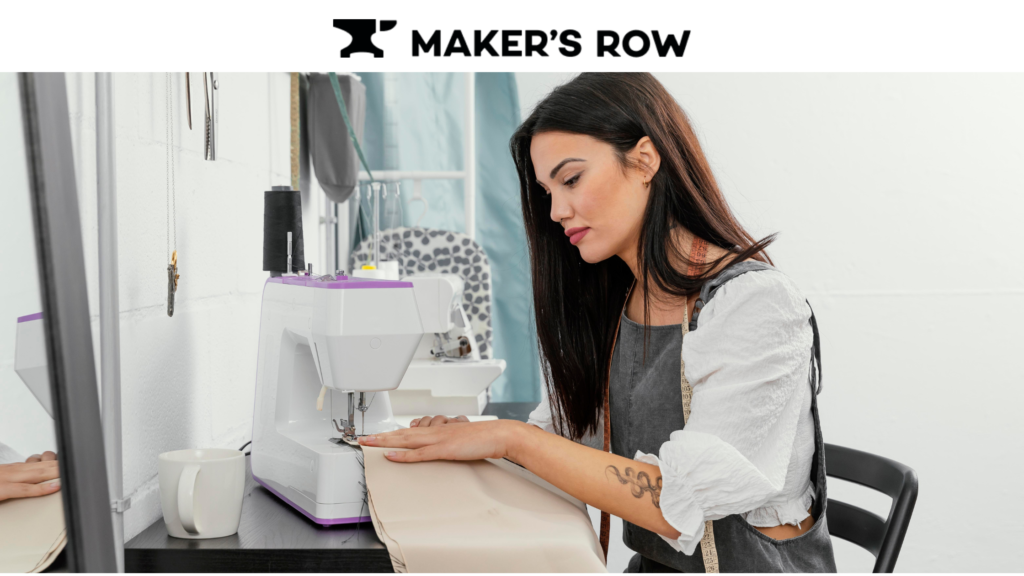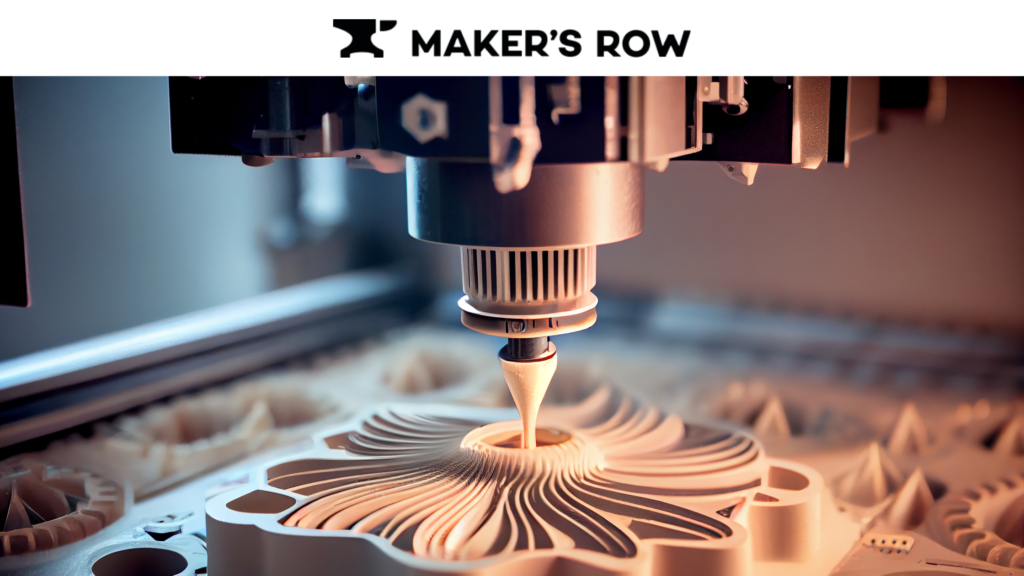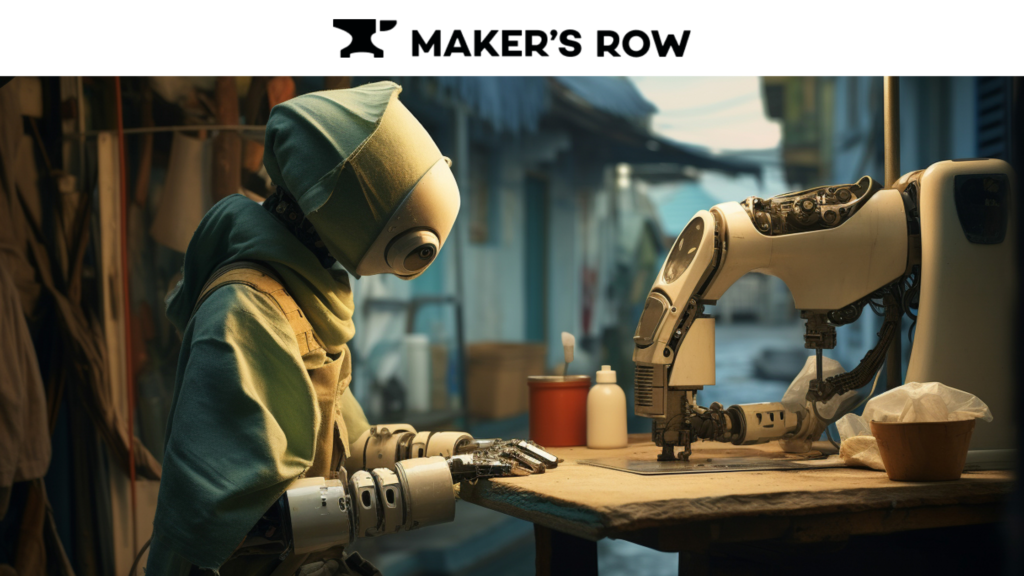Factories, therefore, are being driven for high-quality production through high efficiency accompanied by sustainability in this fast-paced convergence of fast fashion and conscious consumerism. The industry is going through a technological revolution in how clothes are designed, produced, and distributed, so let’s dig deeper to explore the top five apparel factory innovations that are setting new standards in production quality in the apparel manufacturing landscape.
Let’s have a deep dive into revolutionary apparel factory innovations of 2024:
1.3D Virtual Sampling: Revolutionizing the Design Process

For such a long period, current sampling techniques have been a kind of production bottleneck in the apparel industry. To talk of that, material waste has happened multiple times and increased the period for the production period. Apparently, things are changing here with 3D virtual sampling, which is an efficient yet non-harming solution.
How It Works
This is 3D virtual sampling, which gives the most accurate digital representation of garments to designers. Then, designers can work directly in real-time with these virtual samples, from making changes in the drape of fabric to placing buttons without touching any piece of material.
Benefits:
- Zero fabric wastage: The companies would have to make different sample pieces in order to test for the absence of different physical samples, hence no fabric wastage.
- Quick design cycles: Designers are given scope to adjust on the spot, leading to faster approval time.
- Accuracy: The electronic samples are much more like the products in the marketplace concerning fit and style.
- Simpler Collaborative Communication: E-samples can be distributed overnight electronically to all stakeholders globally and shorten decision times.
- It saves costs: shipping and material costs of fewer physical samples.
Already, big brands such as Nike and Adidas claim to save up to 65% in sample production time and reduce material waste by up to 50% by embracing the use of 3D virtual sampling technologies.
Future Prospects
Virtual reality and augmented reality will surely be much more realistic and thrilling in the future through advanced virtual sampling. Before long, these technologies will even penetrate the field of consumer applications whereby customers can “try on” virtual garments before actually purchasing them.
SIGN UP FOR A FREE DEMO!!
2. AI quality control: the watchful eye that never blinks

Quality control, for nearly a century now, has been the most labor-intensive activity in the apparel manufacturing industry—the most vulnerable to human error. Artificial intelligence absolutely transforms this critical stage of production with unmatched accuracy and constancy.
It does the following:
Advanced computer vision systems, deep learning-based systems that scan the fabrics and finished garments at very high speeds, have proven to be highly effective in terms of defect detection—things like small stitching mistakes, color inconsistency, etc.—and usually have more precision than humans can.
Key Elements
- Real-time Defect Detection: AI-based systems, it is true, might detect faults in real time and speed up the action.
- Non-Biased and Not Fatigued Evaluation**: The computer cannot get exhausted and does not have subjective judgment.
Most of the systems can be very easily incorporated since they are used in relation to production lines.
- Analytics: If the systems become operational then, AI systems will provide a much deeper understanding of common defects; factories can prepare the right systemic improvements.
The Benefits
- Product Quality: The factories will realize the general quality of the finished product because their defects are spotted at an early stage.
- It means that the returns will be low and the quality image of the brand will be low.
- Productivity: AI systems can inspect a garment many times faster than a human and thus increase productivity.
- Costs: Although the initial procedure costs some money, in the long term, labor is saved and waste is also saved.
Future Developments
Researchers are developing AI systems that can not only detect defects but also predict quality problems that will come in if patterns in the production data stick around. Theoretically, that would allow the plant to pull the problems out at its root, taking the production to better quality and efficiency. While AI quality control marks a huge step forward in apparel factory innovations, smart sewing machines bring the next level of automation to the table.
3. Smart Sewing Machines: The Intelligent Stitch

This has given rise to the new generation of “smart” sewing systems as IoT is being integrated with traditional sewing machines. It changes the trend of the otherwise highly labor-intensive activity of sewing in the apparel manufacturing process.
Key Features
- Automatic Alteration: The smart machine will automatically alter all such parameters as the type of fabric, the thickness of the fabric, seam pattern, etc.
- Real-time monitoring: Sensors monitor the quality of stitches, thread tension, and performance of a machine in real-time.
- Predictive maintenance: The machine needs some advanced algorithms to anticipate when the machine will need service, so downtime comes less as a surprise.
- It collects data: Productivity and quality data generated by such machines are important inputs for more support in making data-driven decisions.
Advantages
- Superb stitch consistency: It adjusts the stitches automatically and gives a good quality on any kind of fabric.
- Improvement with automation: Because most of the changes are automated, the operator can focus on manipulating the fabric.
- Less Downtime: predictive maintenance happens on off-hours; therefore, higher productivity.
- Quality Control: The stitch defects will be caught during real-time monitoring, which may thereby help prevent waste.
Impact to Industry
They say that, in such factories, the place where smart sewing machines have been introduced, on average, the gains are 30 percent and more drastic reductive effects associated with defects connected to stitch quality.
Future Innovations
Other researchers look forward to the future for the “cobot” concept: cooperative robots that can work alongside human operators—a new degree of smart sewing system.
For laser cutting technologies, the recent apparel factory innovations stand at the very top of the precision list.
4. Laser Cutting Technology: Preciseness to the Speed of Light

While this industry has often been heard to say that precision breaks or makes a product, laser cutting technology has already become the game-changer. It lets make complicated cuts with the least wastage of fabric to the maximum degree of accuracy.
How It Works
It makes the cutting of cloths in which it adheres accurately to a digital pattern using a very strong laser beam that utilizes its process. It is highly computer-controlled, and consistency across large runs is seen.
Advantages
The laser cutter is the most precise cutting machine ever known to man. The laser can slice on fractions of a millimeter accuracy. Machines could even cut through the thinnest silks and the most resistant synthetic material as well.
- Complex Patterns: Almost any complexity pattern is achievable with laser cutting and something that would be extremely difficult or impossible using traditional cutting techniques.
- Less Material Waste: The laser cutting does not waste any material in fabric form, hence saving it.
- Fast Production: Laser cutters can be used a hundred times faster compared to traditional cutting methods in intricate patterns.
Applications
- Luxury Fashion: Luxury brands use lasers to produce fine details and precision that cannot be achieved with edged designs.
- Sportswear: Technical clothing is meant to be full of holes to breathe and stretch, so it uses cut lines.
- Mass Customization: Laser cutting helps in making quick design changes. They can quickly mass customize the article without raising the price of any one item.
Future Developments:
The focus of more research would be on multi-head laser systems for better, higher-speed production and integration of AI for optimal placement of the pattern without waste in the production line.
SIGN UP FOR A FREE DEMO!!
5. Blockchain and transparency in supply chain-build trust through technology

While perhaps not changing the actual production processes, blockchain has changed the way one manages their supply chain in an apparel factory while offering quality assurance all along the journey of production.
How it works
It creates an unchangeable, distributed ledger at every step in the manufacturing process, from the source of raw material to delivery. Thus, the whole history, for example, created for every garment is transparent and traceable because every actor in the chain provides information about that particular garment in this digital ledger.
Major Advantages
For example, with their traceability, brands and consumers track the whole garment’s journey, therefore all total ethical sourcing and production.
- Supplier Accountability: It records everything, and the supplier is accountable for both raw material quality and finished work.
- Authenticity Mitigation: It can thus be claimed that it may help verify authenticity and legitimize the product against the fashion counterfeit industry.
- Effective Recalls: In a case where there is a quality flaw in the product, blockchain would come up swiftly batch-by-batch identification for a recall.
This, coupled with sustainability, instills more confidence in claims to the consumers.
Practical Applications
- Ethical sourcing: a commitment that organic inputs or best labor practices are being followed.
- Quality assurance: traceability of quality assurance measures at each step in the cycle of production
- Sustainability metrics: monitoring and verifications of the environmental footprint through every stage of the production process.
Industry Impact: For instance, piloting blockchain projects was something the largest fashion brands would rarely take up just a few years ago; in some cases, even reported improvements in supply chain efficiencies by 30% and record-high growth in trust metrics for consumers.
Future Outlook
Perhaps it will happen here that the technology will mature and another new chapter of accountability and trust will start there as well in the apparel industries by seeing through to industry-wide transparency in the chain of supply.
These apparel factory innovations have revolutionized the sampling process as well.
Apparel Manufacturing of the Future

Of these five groundbreaking apparel factory innovations, 3D virtual sampling, AI-assisted quality checking, smart sewing machines, laser cutting technology, and blockchain for supply chain transparency go a long way in ensuring not only quality productions but also in molding the entire apparel manufacturing landscape.
And the more we advance those technologies and push them further in, we’re going to find that is a far more sustainable process with near-zero material waste and extremely high degrees of custom products at rates approaching those of mass production.
- Unprecedented levels of transparency and trust will exist between the brands and the consumers.
- New designs easily go to the markets without delayed times.
Such works are improved because certain hazardous or routine operations could be mechanized.
In short, the apparel factories of the future will be highly mechanistic, data-driven, quality-obsessed, sustainability-focused, and transparent.
These benefits will trickle down from technology into high-end fashion, then into mass-market apparel, and finally into the pocket of the consumer in more sustainable and higher-quality clothing.
From this perspective, smart, green, and transparent—in a nutshell—is the future of fashion.
SIGN UP FOR A FREE DEMO!!
Maker’s Row to the Rescue
What is really changing the American manufacturing map, particularly in terms of the apparel industry, is Makers Row, an innovative online marketplace founded in 2012 to link US-based manufacturers with brands of all sizes—from new designers to bigger companies. It is through this comprehensive directory of manufacturers, along with project management tools and educational resources, that Makers Row democratizes access to quality production capacities. Higher transparency, home manufacture, and quality translate to faster turnaround times and morally better production. For apparel, Makers Row enables a better match between manufacturers and brands, spurs competition that pushes up quality, and lowers the barriers of entry for innovative new designers.
Read more blogs here: